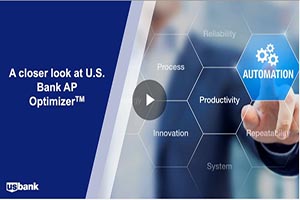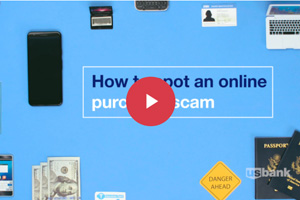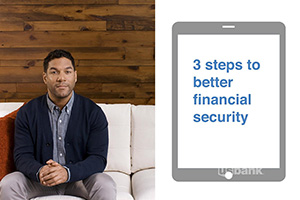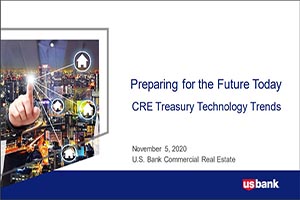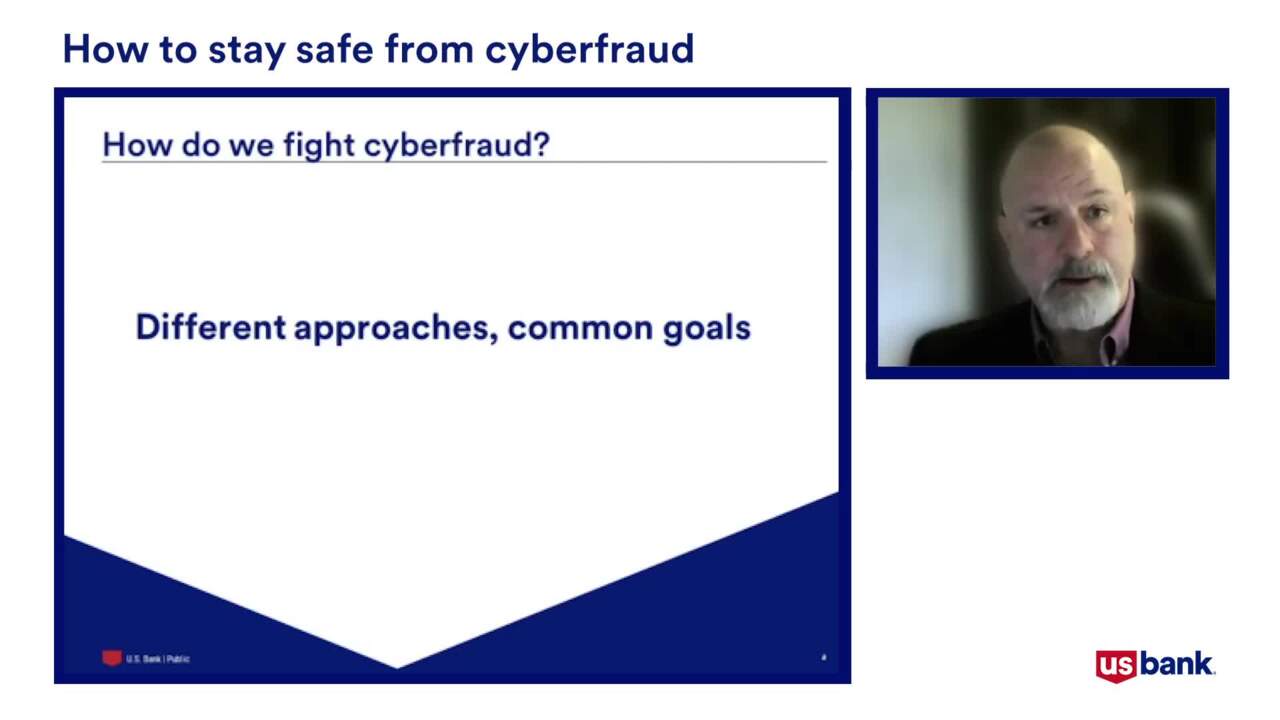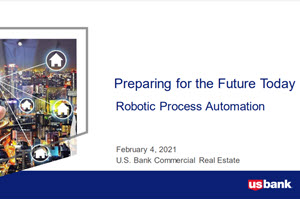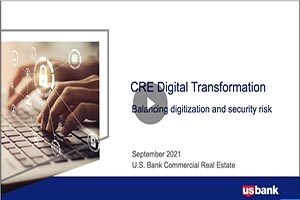Whether private or public, business or government, all establishments are at risk for fraudulent business email compromise activity. Learn what steps you can take to avoid potential negative outcomes.
Times of disruption are often ripe for fraud activity. When your vendors’ emails have been compromised, a fraudster can pose as your trusted partner and send a fraudulent payment request. This is known as business email compromise (BEC), and it’s recently been seeing an increase in the news and in our communities. Below, you’ll find two examples of this activity and a curated, concise list of considerations to help you meet this challenge head on.
Example 1: A corporation’s vendor requests a change to their payment account information
A large corporation received an email from a trusted vendor to change their payment account information. The corporation authorized a six-figure wire transfer, believing it was a legitimate request from their vendor. When the corporation and the actual vendor discovered the fraudulent payment nearly a month later, the funds were unrecoverable.
Example 2: A university’s contractor requests a modification to their payment schedule
In a publicly reported case, a university entered into contract for construction services. A fraudster posed as their contractor and requested a modification to the payment account for a payment of nearly $2 million. University employees followed instructions to verify the account modification prior to sending payment.
However, the university had been deceived into contacting the fraudster for verification through the compromised email. The payment transferred. Days later, the university realized the construction company never received the funds and contacted law enforcement.
Four controls to help prevent vendor fraud
While threats may continue to persist, a concise plan and educated staff can deter fraudulent activity. Use these recommendations to help protect your organization.
- Email policies and training: Educate employees about common tactics related to social engineering (e.g., phishing, smishing, and vishing) along understanding common ways to identify associated red flags such as variations in domain name, email address and links along with a sense of urgency or suspicious attachments.
- Vendor account management: Record the individuals who will act as the primary contacts for the vendor and will be responsible for verifying any changes to account information. Regularly confirm the accuracy of this contact information.
- Dual approval for vendor payments: Use a second set of eyes on payments and supporting documentation to allow for further scrutiny of the authenticity of the instructions. Also, consider setting risk-based dollar thresholds for dual approvals.
- Vendor payment notification for large payments: Identify criteria for high-value or high-risk payments. Include a follow-up with your primary vendor contact to make sure they received the funds. Review your current policies and controls for email use, vendor management, and accounts payable.
Time can make the difference when dealing with BEC. If you believe your organization is a victim of BEC, contact your bank representative immediately to attempt to recover the funds.
At U.S. Bank, your privacy and security are our priority. We’re constantly enhancing our systems to protect your data while providing seamless technology experiences.
Read more on the topics of cybersecurity and how to protect your organization from fraud.

























